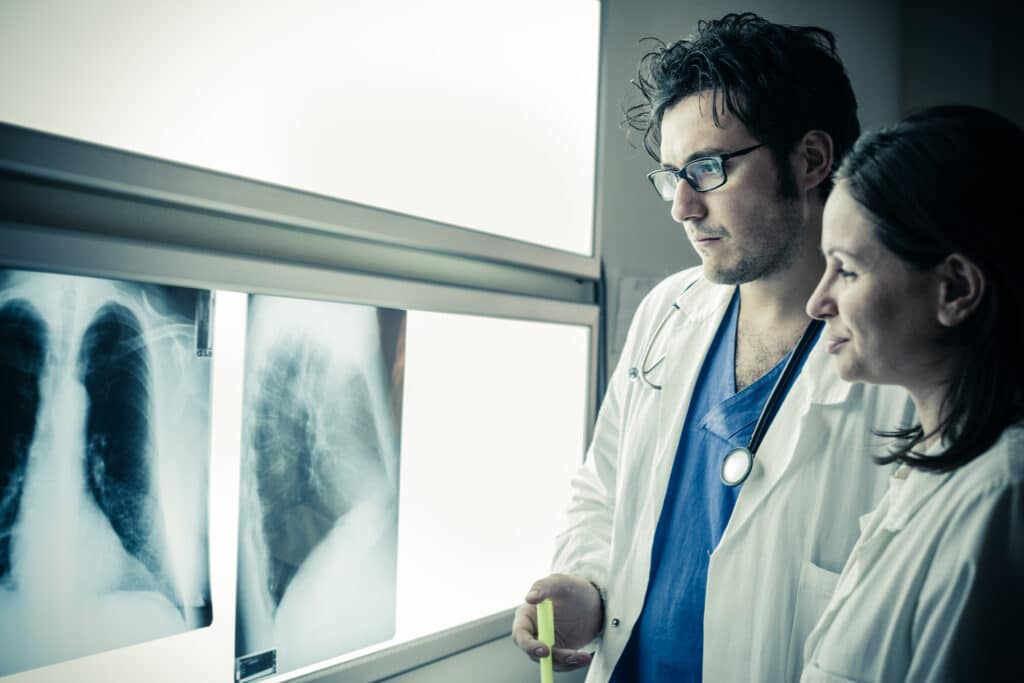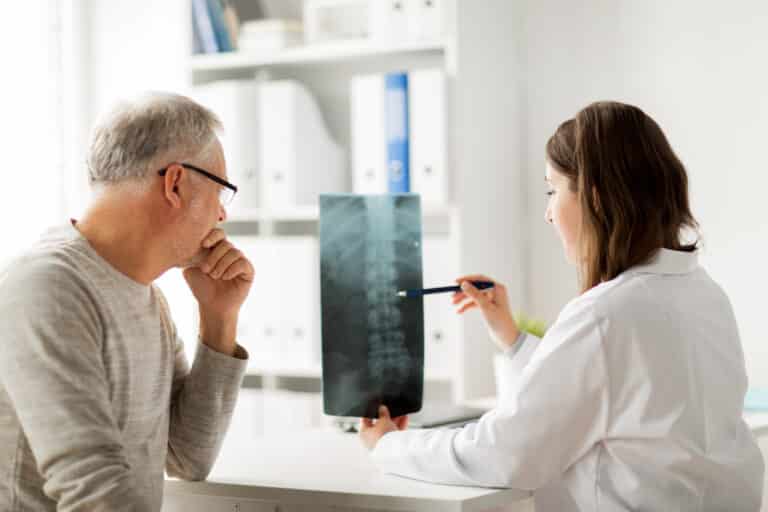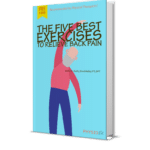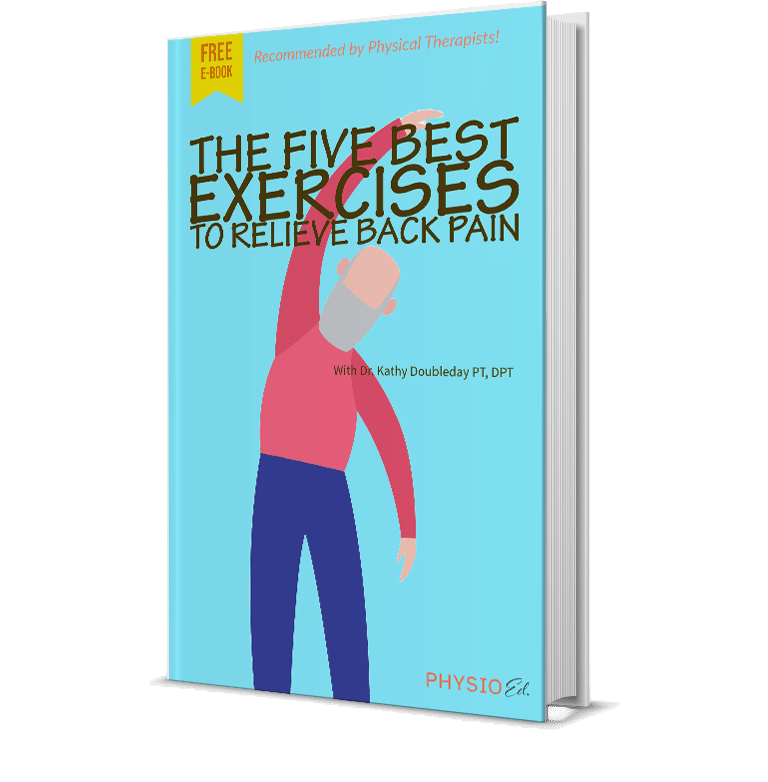Back pain is a common problem for older adults that can vary widely between individuals, but when is back pain an emergency? In some cases, back pain can be so debilitating that it feels like an emergency, yet many older adults aren’t sure when there is cause for worry.
Knowing the difference between normal back pain and a back pain emergency can be especially important to help get the best outcomes possible.
In this article we will break down the different types of back pain emergencies, their common signs and symptoms, and other important tips to help you handle your back pain more effectively.
Red Flags for Low Back Pain
While back pain is usually just aches and pains for most people, sometimes it can become a cause for alarm. In fact, low back pain is one of the most common reasons for a visit to the emergency department. (1)
While even severe lower back pain when walking or standing can be relatively harmless, it’s hard to know for sure. Because of this, many older adults struggle to know when their pain will go away on its own, or if they should seek urgent care for back pain.
It’s important to be familiar with red flags for back pain, which can indicate that something serious could be going on. The exact list of red flags can vary, but there are some common themes (2):
Bowel or Bladder Dysfunction
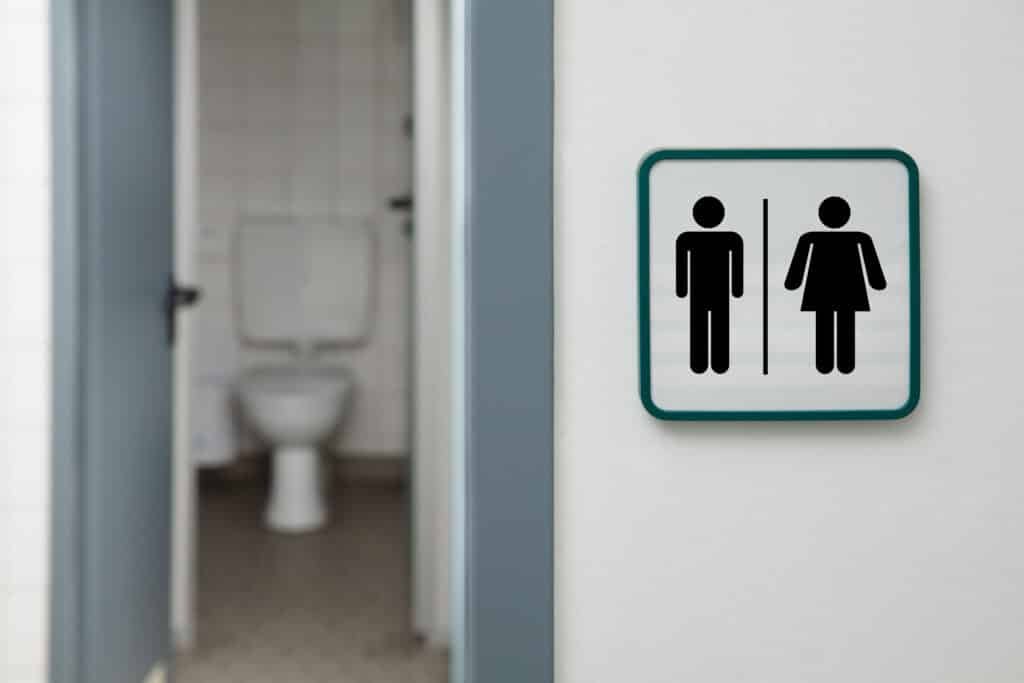
This means difficulty starting, stopping, or otherwise controlling your ability to go to the bathroom. Many older adults struggle with urgency (trouble holding it) and frequency (needing to go often), so it’s important to recognize what is normal for you and focus on new problems that arise.
Saddle Area Numbness
Numbness can feel like tingling, buzzing, or a loss of sensation. Your saddle area is simply the area of your body that would be in contact with a saddle if you were riding a horse. When you feel saddle area numbness, it can indicate a problem with the nerves in your spine (which we will cover later).
Fever and Unexplained Weight Loss
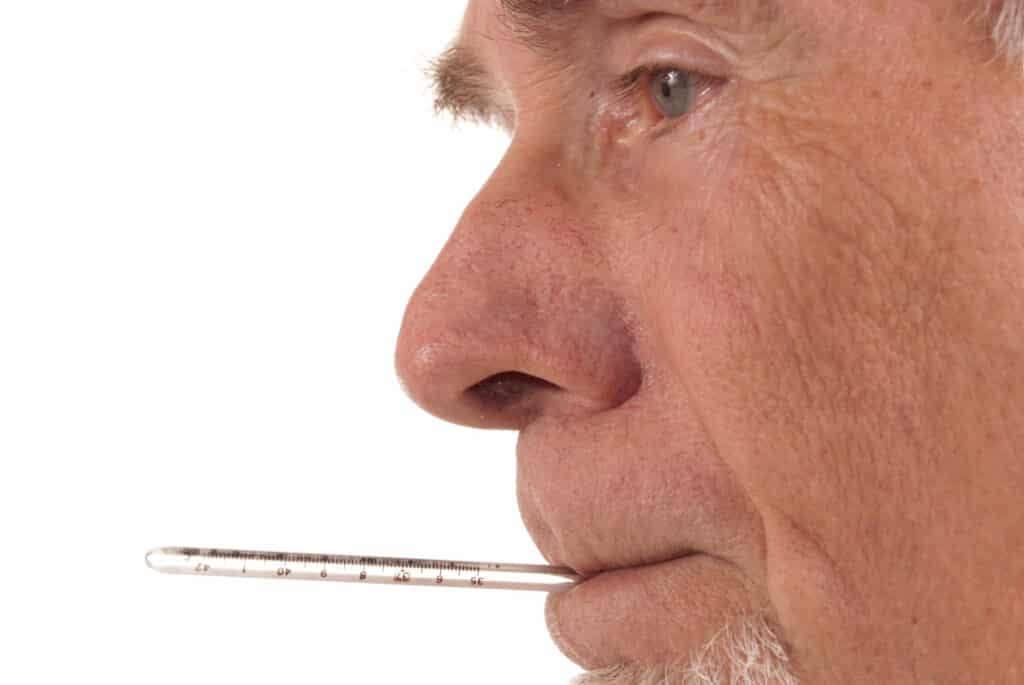
Everyone gets sick from time to time, and usually that comes with a fever. In most cases, a fever is nothing to worry about for an older adult and indicates normal function of the body’s defense systems. However, when a fever occurs in combination with new back pain, it can be a cause for concern. In some cases, lower back pain, fever, chills, and weight loss can occur together and may indicate a serious problem such as an infection or cancer.
Bilateral Paresthesia
The word paresthesia means tingling, numbness or pain. Paresthesia can be a side effect of some medications or a symptom of some minor injuries, and usually isn’t a major cause for concern if it occurs on one side of the body. However, when it occurs on both sides of the body simultaneously, or you notice lower back pain and weak legs, it can indicate a problem with the spinal cord or cauda equina (explained more later).
History of Cancer
If you’ve ever lived with cancer before, the risks of new cancer are much higher. While severe low back pain usually isn’t a medical emergency on its own, having a history of cancer can complicate your condition. This means that any new symptoms of severe back pain will need to be examined carefully to ensure that they are not the sign of new cancer developing.
Now that we’ve covered some of the important red flags that can indicate a back pain emergency, let’s talk about some serious conditions that back pain can be a sign of.
Back Pain Emergencies
Although most back pain usually isn’t an emergency, there are some serious conditions that can be indicated by back pain.
All of these conditions are rare, but they are still possible. With the right screening from your doctor, urgent care for back pain can be delivered and a medical emergency can be prevented.
Abdominal Aortic Aneurysm
An abdominal aortic aneurysm, or AAA, is a condition that describes a perforated or ruptured abdominal aorta. The aorta is the largest artery branching off of your heart and passes through your abdomen before splitting into the smaller arteries of your legs.
When severe lower back pain when walking or standing is persistent, your doctor or physical therapist may perform a test to check for an abnormal abdominal pulse. This test can help indicate if the aorta is stable or compromised. Sometimes your pain may be accompanied by a pulsating sensation in your abdomen, rapid heart rate, or dizziness (3).
To confirm AAA, several tests and images can be performed to make a diagnosis. This condition is usually treated with surgery to repair the damaged artery and should be addressed as soon as possible.
Cauda Equina Syndrome
Your spinal cord extends from just below your brain to the upper portion of your lower back. From there, your spinal cord branches into a collection of spinal nerves called the cauda equina. Your cauda equina is important for normal sensation and movement of your lower body.
When you are experiencing symptoms such as bowel or bladder incontinence, saddle area numbness, or lower back pain and weak legs, your doctor may suspect cauda equina syndrome. To help diagnose cauda equina syndrome, your doctor may order tests such as an MRI, CT scan, or myelogram (4).
If cauda equina syndrome is confirmed with testing, immediate treatment is the next step. In most cases, a surgery is performed to relieve pressure on the cauda equina, restore muscle function, and reverse symptoms in the pelvis. It is especially important to perform treatment quickly in order to prevent permanent problems with bowel or bladder function (4).
In my personal experience, cauda equina syndrome can be difficult to notice at first. This is because many older adults have experienced disc injuries, hernias, and other conditions that may cause similar symptoms to cauda equina syndrome. This makes it especially important to be very specific about the details of your symptoms when talking with your doctor or physical therapist, as they can help with making a clear diagnosis.
Kidney Stones
Your kidneys are responsible for filtering your blood and removing waste from the body. When certain types of waste become very concentrated in your kidney, they can form small pebbles that then become stuck inside of your kidney – these are called kidney stones (5).
When you are dealing with sharp back pain, which can also spread to your lower abdomen or groin, your doctor may be more concerned for kidney stones. Another possible symptom of kidney stones if painful or bloody urination. If kidney stones are suspected, your doctor may order blood tests or images, such as an X-ray or CT scan, to confirm the diagnosis (5).
Kidney stones can be treated multiple ways. If the stone is small enough to exit your body, then you may be encouraged to wait and let your body pass the stone naturally. This can be a very painful process, but is a common choice. Other options include surgery which uses specialized tools to reach and break up the stone, or shockwave therapy to blast the stone into small pieces.
Osteomyelitis
Many older adults are familiar with infection, but few realize that infection can happen in our bones. The term vertebral osteomyelitis describes an infection that has started in the bones of the spine, or that has spread to these bones from a different area of the body.
If you are experiencing lower back pain, fever, chills, or have recently been sick (especially if you’ve recently had surgery), your doctor may start suspecting vertebral osteomyelitis. Some tests your doctor may order include blood panels, imaging such as MRI, or a tissue biopsy (6).
The most effective treatment for osteomyelitis is antibiotic therapy. This may include a combination of IV and oral antibiotics that are chosen based on the specific pathogen that is causing the infection. A typical course of antibiotic therapy is six weeks, although this may vary from person to person. In some cases, a surgery may be required to help prevent damage to your spinal cord or the nerves surrounding it (6).
It’s especially important to remember that while these conditions are severe, they are highly unlikely relative to many other conditions. This means that while older adults should pay close attention to the symptoms of their back pain, ruling out the more common causes of back pain should be your main focus before worrying about any rare possibilities.
In my experience working with patients living with osteomyelitis, education is a big factor for getting the right treatment. If you have a better understanding of how infection works, and how it can affect the bones of your body, then you have a better foundation to care for yourself while living with a bone infection.
Conclusion
Back pain emergencies, although rare, can be an unfortunate reality for some older adults. Understanding some of the most serious emergencies, their symptoms, and the red flags that can be used to identify them early can help prevent a medical emergency. If you have any concerns about your back pain, make sure to talk to your doctor for more information.
References
Friedman BW, Chilstrom M, Bijur PE, Gallagher EJ. Diagnostic testing and treatment of low back pain in United States emergency departments: a national perspective. Spine (Phila Pa 1976). 2010;35(24):E1406-E1411. doi:10.1097/BRS.0b013e3181d952a5
Samanta J, Kendall J, Samanta A. 10-minute consultation: chronic low back pain. BMJ. 2003;326(7388):535. doi:10.1136/bmj.326.7388.535
Abdominal Aortic Aneurysm. Medline Plus (National Institutes of Health).
Cauda Equina Syndrome. American Association of Neurological Surgeons.
Kidney Stones. National Institute of Diabetes and Digestive and Kidney Diseases (NIDDK).
Graeber A, Cecava ND. Vertebral Osteomyelitis. [Updated 2022 Oct 3]. In: StatPearls [Internet]. Treasure Island (FL): StatPearls Publishing; 2023 Jan-.

